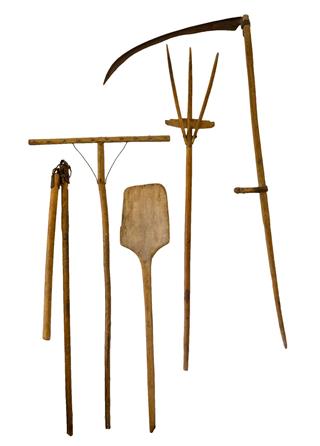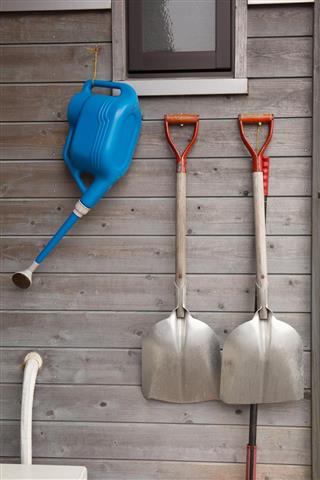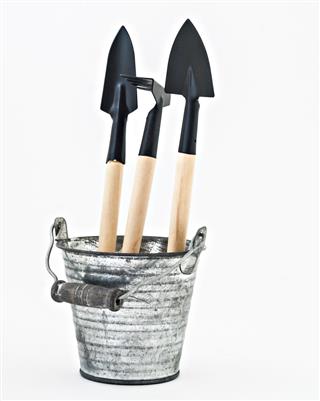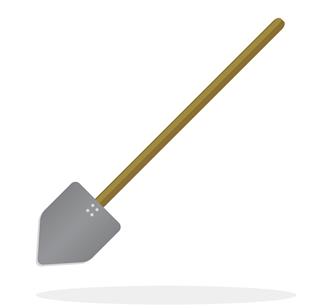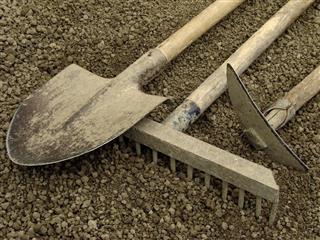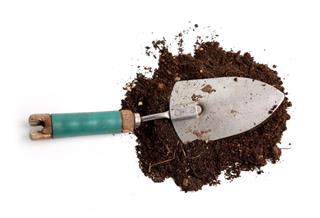
For people interested in archaeology, the information about what tools do archaeologists use would prove to be helpful. Archaeology is all about discovering facts about past human culture to gain insight into the practices they followed; their architecture and culture in general.
A science in which human culture is studied through the recovery of artifacts, fossils, architecture, biofacts, etc. to carry out further research is known as archaeology. The excavated items are studied after documenting them properly. The analysis and interpretation of artifacts, environmental data, material culture, etc. form important steps in further research. Since excavation forms an important part of archaeological studies, it is necessary to have knowledge about what kind of tools do archaeologists use in these excavations.
Excavation by archaeologists can be carried out in soft or hard soils. In few cases, they may even have to go underwater for excavations. Therefore, many different tools are required by them, for the different locations and different types of excavations. The archaeologists tool kit may contain two types of equipment, commonly used field site tools and those used by specialists. Let us find out what tools archaeologists use in recovering artifacts.
Field Site Tools
Field site equipment include digging tools, recording apparatus and safety kit. Digging tools help in breaking the soil crust and uncovering artifacts. Here is a list of the various tools used by archaeologists.

Mattock

Marshalltown Trowel

Plain Trowel

Shovel

Coal Scoop

Total Station Transit

Dust Pan

Auger
- Mattock: It is a digging tool similar to the pickaxe. The mattock is used to break hard ground and make the process of digging easy. The blade and handle of the mattock are perpendicular to each other. The blade is broad and resembles a chisel.
- Marshalltown Trowels: These trowels are commonly used in the United States. They have a sturdy body and flat blade which can be sharpened.
- Plains Trowel: This kind of trowel facilitates working in tight/awkward corners and in keeping the lines straight.
- Shovels: Shovels are of two types, i.e. round-ended and flat-ended.
- Coal Scoop: This is another field site tool used in collecting and carrying soil to the screeners. Archaeologists find this tool particularly useful when they have to deal with square holes.
- Total Station Transit: This tool is used to prepare a map of a particular archaeological site. The elements/details presented in such maps include surface topography of the site, different features of that area, positioning of the units engaged in excavation, and the relative location of artifacts.
- Bucket Auger: It is a handy tool that is used in exploration of buried sites. The need of using bucket auger arises in excavations of floodplain situations. The tool can be extended up to the length of 7 meters.
- Shaker Screen: The soil which is excavated by means of digging tools is sifted through shaker screens. This equipment has a ¼ inch mesh which helps in recovering artifacts that go unnoticed during excavation.
- Dust Pan: It is a simple tool used in taking excavated soil away from archaeological sites in a neat way.
Tools Used by Specialists
The archaeological tools mentioned below are mostly used in a laboratory environment. The information about what tools do archaeologists use in laboratories is presented below.
- Flotation Device: The flotation device is used to separate smaller and larger artifacts by the method of light and heavy fraction. Soil samples which contain artifacts are kept in metal baskets and washed by gentle streams of water. Light artifacts (for example, seeds) float at the top, while the heavier objects sink down.
- Equipment for Analysis: Simple tools like calipers and cotton gloves are needed to carry out the analysis of artifact fragments. Gloves serve the purpose of preventing cross-contamination.
- Nested Graduated Screens: Nested graduated screen are used for size-grading. In the process of size-grading, the percentage of artifacts falling in different size-ranges are found out. Nested graduated screens used for this purpose have small mesh openings at the bottom and larger ones at the top.
- Weighing and Measuring: The artifacts obtained in excavations are carefully analyzed by weighing and measuring them. Different types of scales are used for finding out correct measurements.
Archaeology is a vast discipline that uses artifacts as a means of delving into the history of past human civilizations. It would be useful to find out why is archaeology important along with the information of tools presented above. The various tools used in excavations and laboratories are of great importance in finding out details of artifacts.
